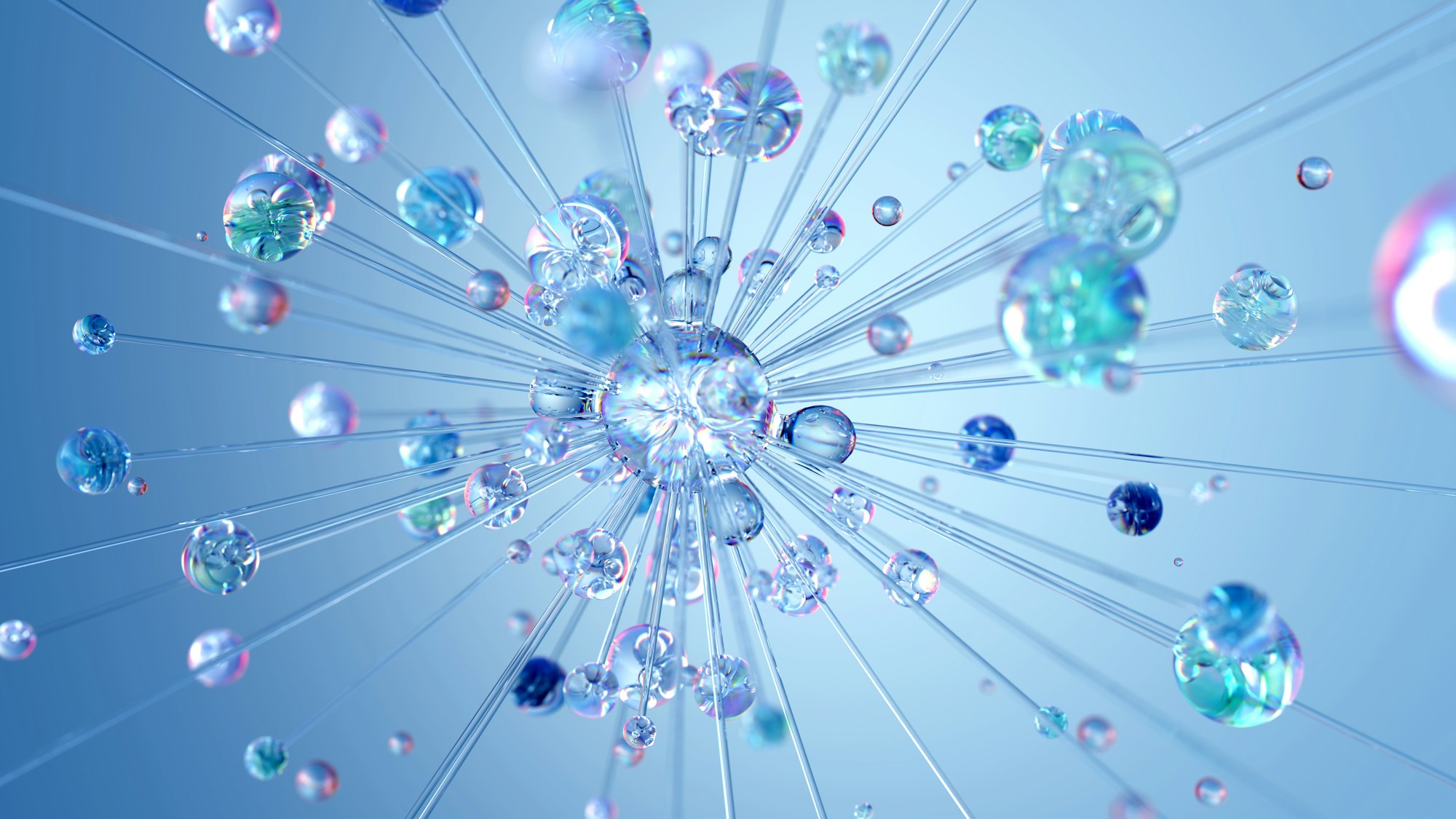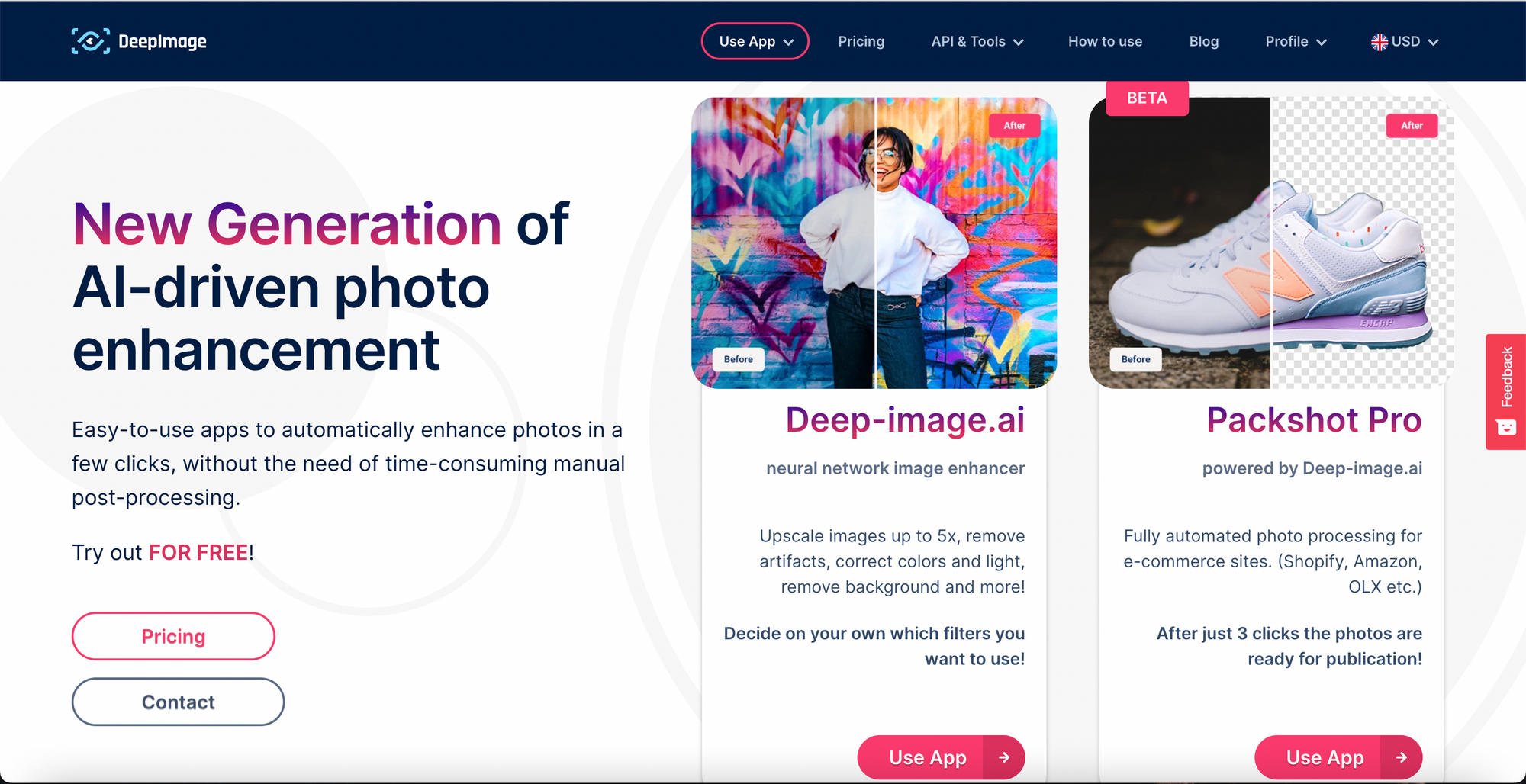The Science Aspect of AI Image Enhancers Work - Why It's Better Than Manual Human Work?

In today's digital age, images are integral to our lives. From social media to professional photography, we rely on visual content to tell stories and capture special moments.
However, not all pictures come out perfect; they may be too dark or blurry, have red-eye, or have other imperfections. This is where AI image enhancers come in!
But how do these tools actually work? And why are they better than manual human work when it comes to photo correction?
In this blog post, we delve into the science aspect of machine learning behind these exciting innovations that make your photos look flawless and stunning!
What is AI image enhancement?
We all know how important it is to have great photos. And we also know that sometimes, even the best photographers can't make their photos perfect. That's where AI image enhancers come in.
AI image enhancers are computer programs that use artificial intelligence to improve the quality of images. They can do things like remove blemishes, add color, and even change the background of an image.
The best part about AI image enhancers is that they can do all of this without losing any of the original quality of the image. In fact, many times, they can even improve upon the original!
So why is AI image enhancement better than manual human work?
The simple answer is that it's faster and more accurate. With AI, there's no need for a human to sit there and painstakingly edit each photo by hand. Instead, the computer can do it all in a fraction of the time with no loss in quality.
In addition, AI image enhancers have the ability to learn and improve over time. As they process more and more images, they get better and better at producing high-quality results.
So not only are they faster and more accurate than humans, but they're also constantly getting better!

The science behind AI image enhancement
AI image enhancement is a process of using machine learning algorithms to improve the quality of images. The aim is to make the images more realistic and accurate than what could be achieved through traditional image processing techniques.
There are two main types of AI image enhancement: super-resolution and denoising. Super-resolution is the process of increasing the resolution of an image, while denoising is the process of removing noise from an image.
Both super-resolution and denoising are achieved through convolutional neural networks (CNNs). CNNs are a type of artificial neural network that is particularly well suited for image processing tasks.
The first step in training a CNN for either super-resolution or denoising is to create a dataset of images. This dataset must contain a variety of different images so that the CNN can learn to generalize and not just memorize specific examples.
Once the dataset is created, the CNN is trained on it using a technique called backpropagation. Backpropagation involves adjusting the weights of the connections between neurons in order to minimize error.
After the CNN has been trained, it can then be used to enhance images. For super-resolution involves upsampling an image using the learned convolutional filters. For denoising involves passing an image through the trained CNN in order to remove noise.

The benefits of AI image enhancement
When it comes to image enhancement, AI has a number of advantages over manual human work.
- First, AI can analyze an image more objectively without the inherent biases humans bring to the table.
- Second, AI can process images much faster than a human can, meaning that large numbers of images can be enhanced in a shorter timeframe.
- AI is able to apply enhancements much more accurately than a human can. This results in fewer errors and a better overall result.
- The science aspect of machine learning in photo correction gives machines the ability to recognize patterns, color saturation levels, light balance, and other elements to create perfect images in no time.
- Finally, AI-based image enhancers can learn and improve over time, becoming more accurate and efficient with each new image process.

Deep-image.ai - AI photo enhancer
Deep-image.ai is a cutting-edge artificial intelligence photo enhancer that can automatically improve your photos' quality automatically, with little to no human intervention required.
The technology behind deep-image.ai is based on years of research into machine learning and artificial intelligence, and our team of experts is constantly improving upon it.
Deep-image.ai works by analyzing your photos and then making subtle adjustments to them in order to improve their overall quality.
The end result is a photo that looks better than if it had been edited by a human, and all without you having to do anything other than upload your photo into the Deep-image.ai platform.
If you're looking for a way to improve the quality of your photos automatically, then Deep-image.ai is the perfect solution for you.

Conclusion
AI image enhancers are a technological advancement that has improved digital photo editing and production, allowing for faster results with more precise detail.
It is a far better alternative to manual human work because it can analyze an image on its own and make all necessary adjustments quickly and accurately.
With AI technology continuously improving every day, it will soon be the norm rather than the exception when it comes to manipulating photos using computers instead of humans.

